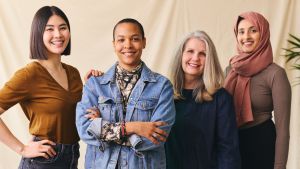The road to disability rights has been a long one. One that started way before the Americans with Disabilities Act (ADA) of 1990 was passed.
In celebration of 40 years of the National Organization on Disability, disability leaders, supporters and activists gathered in Washington, D.C last week to discuss the journey of the disability rights movement at NOD’s annual forum.
History of the Disability Rights Movement
As mentioned in our NOD forum recap, Marc H. Morial, President and CEO of the National Urban League, said the disability rights movement was part of the civil rights movement. While the ADA wasn’t passed until 1990, it was modeled after the Civil Rights Act of 1964 and Section 504 of the Rehabilitation Act of 1973.


















